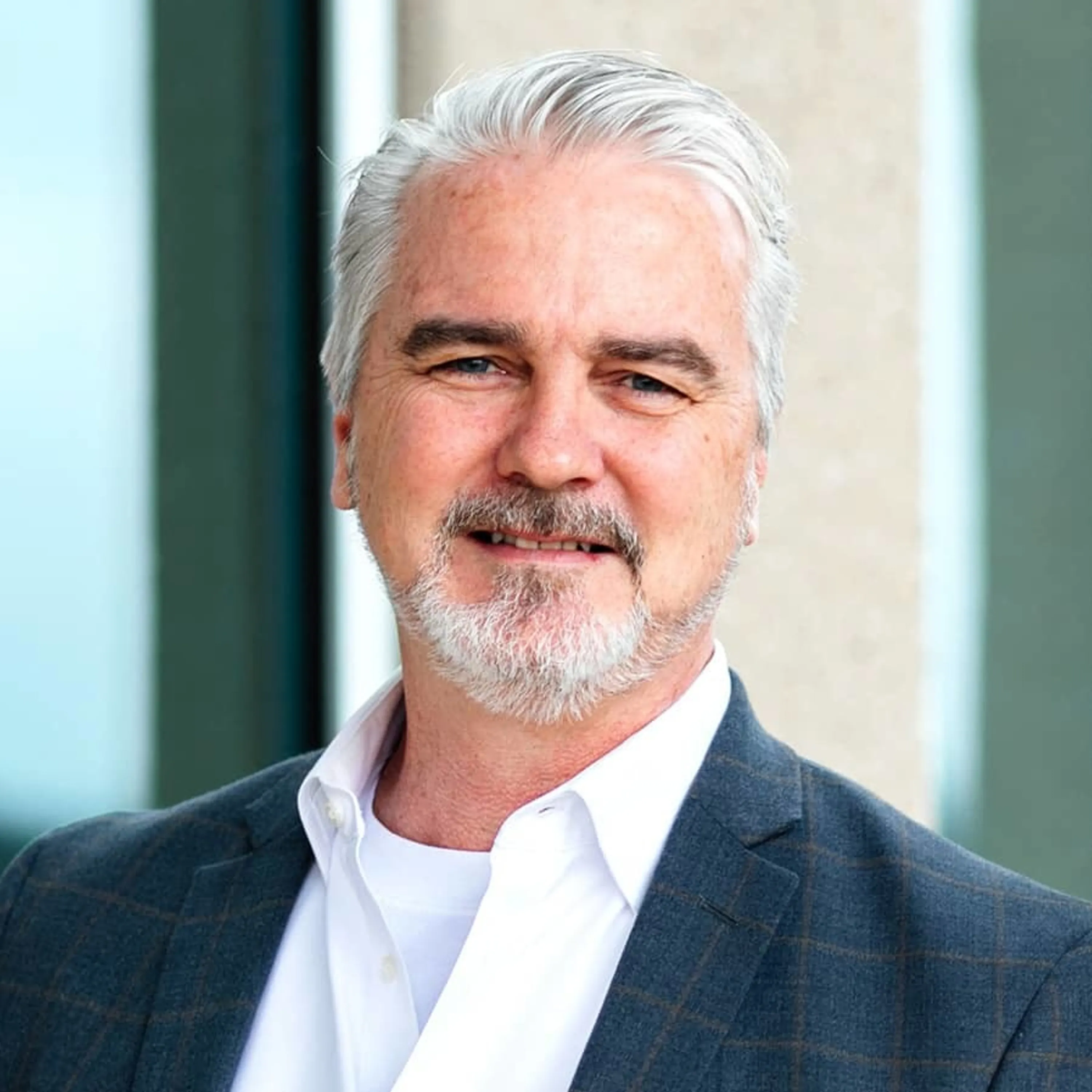As employers around the world have struggled with the best way for their company to return to the office, or if they even need to, there is no single or perfect solution. Strategies vary widely depending on the size of the company, the industry, the location, leadership directives, and the staff’s wellness concerns.
Companies that previously embraced an employee remote work program found the transition between a full-time work from home, necessitated by Covid 19, to a hybrid return to work solution much easier to make. These companies had the advantage of highly reliant communications technology already in place. For others, the pace of return differed across industries. Generally, we have witnessed slower entry for companies whose employees serve the health care industry where a more cautious re-entry approach has been implemented. However, for most, two common concerns rise to the top, “What will be the long-term real estate strategy?” and “What policy changes do we need to make to accommodate the new normal hybrid work environment?” With rising costs in enhanced technology and communications, reduction in space could yield financial gains to pay for them.
In the final video on our series of “Return to Work” interviews, Wight & Company’s two experts in workplace strategy, Janet Lougée, Director of Interiors and Matthew Duggan, Manager of Global Accounts share their insights on what their diverse corporate clients have encountered with their return and how they have helped their clients navigate these changing and uncertain times. Even without a crystal ball, they are predicting that the office will be a place to which employees will need and and want to return. It will be different in that it will be more flexible and fluid to meet their ever-changing needs.
“I also think a big challenge might be the 'we' versus 'they.' You have the remote worker primarily, and then you have those who come and go.”
Janet Lougée, Director of Interiors at Wight & Company
VIDEO TRANSCRIPT
Janet - Hi, I'm Janet Lougée with Wight & Company. I'm a Vice President, also Director of Interiors and a Workplace Strategist. We're having a conversation today to tie into a series we're doing on return to office. We've spent some time interviewing CEOs and our final presentation will be based on a conversation Matthew Duggan and I are going to have today about our clients.
Matthew - Hi, I'm Matthew Duggan, Vice President and Corporate Market Manager at Wight & Company. I head up our global account at Wight.
THE CHANGING WORKPLACE
Janet - So Matt, I'm going to start with, this has been a long year and a half, and we've been through a lot, from social distancing plans to one way traffic plans, all that. What do you see your clients doing now that we’re this far along with a remote and hybrid workplace?
Matthew - Many of our global clients were already embarking on a change in their workplace. And this was more in a response to a mobile workforce that they were seeing. The pandemic has only accelerated those changes.
Janet - So in some ways they were far more advanced and maybe better prepared to handle this remote hybrid work environment that seems to be unfolding here.
Matthew - Absolutely. I think what has happened is the pandemic has accelerated that, and it's also brought that into a different company that may not have had those more progressive workplace ideas.
Janet - So their free addressing, so to speak, which was their answer to a lesser occupied building, allowed less numbers of one-to-one ratio of an office to a person or a workstation to a person and provided maybe more space for amenities.
Matthew - Correct. They would under build the office portion of the space. What that means is if they had a head count of say 200 employees, they would build it for 150, knowing they would never hit that capacity. And what that did is that allowed them to introduce new space types within their office.
What I've seen them doing since the pandemic has started is take a step back and reevaluate their design standards. Both their space standards, can they provide distance between their employees? Also, some of the material choices they're looking at. Are they selecting things that are antimicrobial, that won't propagate this spread of the virus? In addition to that, they're also studying the air quality on the indoor air quality. Does the building provide proper ventilation? Is there a thing they can do to improve the filtration of the systems?
IMPROVING AIR QUALITY
Janet - So here's what I'm seeing. The work I handle is primarily the clients who are, what we call, transactional based, where they have a lease, and the lease is about to expire. So, in their cases, with respect to air quality, they're looking to their landlord to say, what are you doing for us? And whether it's changes of amount of fresh air within this building system being done primarily multiple times at night or adding MERV-13 filters, that's one approach. Some tenants, as we found out, have even pushed the landlord further and said, could I put in a bipolar ionization system within our tenant space? And one of our clients has chosen to do that. And it's a fantastic approach because there's such a sense of safety, not to mention the fact that it is very effective.
DRIVING WORKPLACE CHANGES
Matthew - We're seeing our global clients really anxious to get their employees back in the office. But they know at the same time that a lot of these decisions on the new workplace are coming from the bottom up. Never in my career have I seen employees so vested and concerned about their own workplace. Is it safe to be at? What are the conditions of the air quality? Things that we never really addressed with the specific employee in the past.
I think the employee needs to be portable. They need to be able to do their work from their home, from the office, using the same equipment. They need to be able to work with a workforce that might be remote while others are in the office. And that's been a big challenge with the technologies. How can I host a meeting that might include both people in the office, as well as some remote people having the same experience together?
Janet - I think on the lease side, what our clients are realizing is the savings that would occur even if they took 20% less square footage, is so substantial because it can be re-appropriated to technology. And people are now trying to establish a larger space for that technology, but also one that's flexible and can be multi purposed.
BUILDING A NEW CULTURE
Janet - Are you seeing anything with respect to culture, as a strong concern in your global work?
Matthew - We are. I think that's going to be one of the biggest challenges for companies, is how to get their employees to not only adapt, but really engage with the culture when they may be working only two or three days within the office. Equally concerning is how do you bring out a new employee and really have them fit into the office environment? To me culture always came out of that casual interaction within the office. Employee’s kind of created that vibe in the office. And when the employees will be working both from home and also in the office, it's going to be more difficult for companies to take advantage of those moments together to build their culture.
Janet - I also think a big challenge might be the we versus they. You have the remote worker primarily, and then you have those who come and go.
Matthew - I agree. Being a manager, it's difficult for me to mentor remotely. I've always had that over the shoulder method of mentoring. I can hear things. I can see on the face of someone struggling. And when it's remote, I don't really have those opportunities to guide them in the right direction. So this going to be a challenge for both us as the manager, as well as the employees.
TIRED OF WORKING REMOTE
Janet - Well, I think there's a lot of fatigue. Number one, that we all face that wall of Zoom fatigue, no question. I think that I'm a little bit beyond that personally now, and I think people have adapted well to the program and are more in sync with it, right? But when you're in a remote situation, there is no change in your pace. And knowing that you've begun and ended something, you come to the office on a train, you get to the office, you work, you go home on the train, you have that real break. You don't have that break at home. The true benefit is for those who have children, they're seeing their children in a different way. Whereas before, the mom might go home and at seven o'clock, the kid had been put to bed, they maybe kiss them on the cheek and that was it. And now they're experiencing their lives more.
Matthew - I agree. We're learning how important that is throughout the day to balance those time. Not only does it allow you to get some of those chores done, it gives you that mental break from the office. For just that short period of time to allow you to refocus for the next meeting.
PREDICTIONS
Janet - Let's put a prediction on the table. We talked about, we see a major paradigm shift occurring here and we're not quite sure what the answers are, but I bet you may have some insight as to what if you had to guess in two years from now, what do you think we're going to be seeing? What will it look like?
Matthew - I would say, in the future, gone will be that dense work environment, the five-foot-wide benching systems and the populated office heads down work. But what you will see will be that communal space and that collaborative space mixed in with some heads down, some private phone rooms, some Zoom rooms. I think you're going to see the hours of the day go away. I think you're going to be seeing people coming in at 6:00 AM and people leaving at 10:00 PM and their paths will cross throughout the day, but it's going to allow the individual to select what their work schedule wants to be.
Janet - Thank you for this conversation. And I don't really know what to say because there aren't any really ready answers. But I will say that with everyone's concerted collaborative effort to keep conversations alive and be truthful and authentic about what we're experiencing is most pertinent. I'm finding myself more of a strategist today than ever, but it is also with the wonderful additions of HR, IT and all our other clients' adjunct functions that really is bringing us all together to provide better solutions. Because it is an integrated one that we're looking for. Thank you for today.
Matthew - Thank you.





